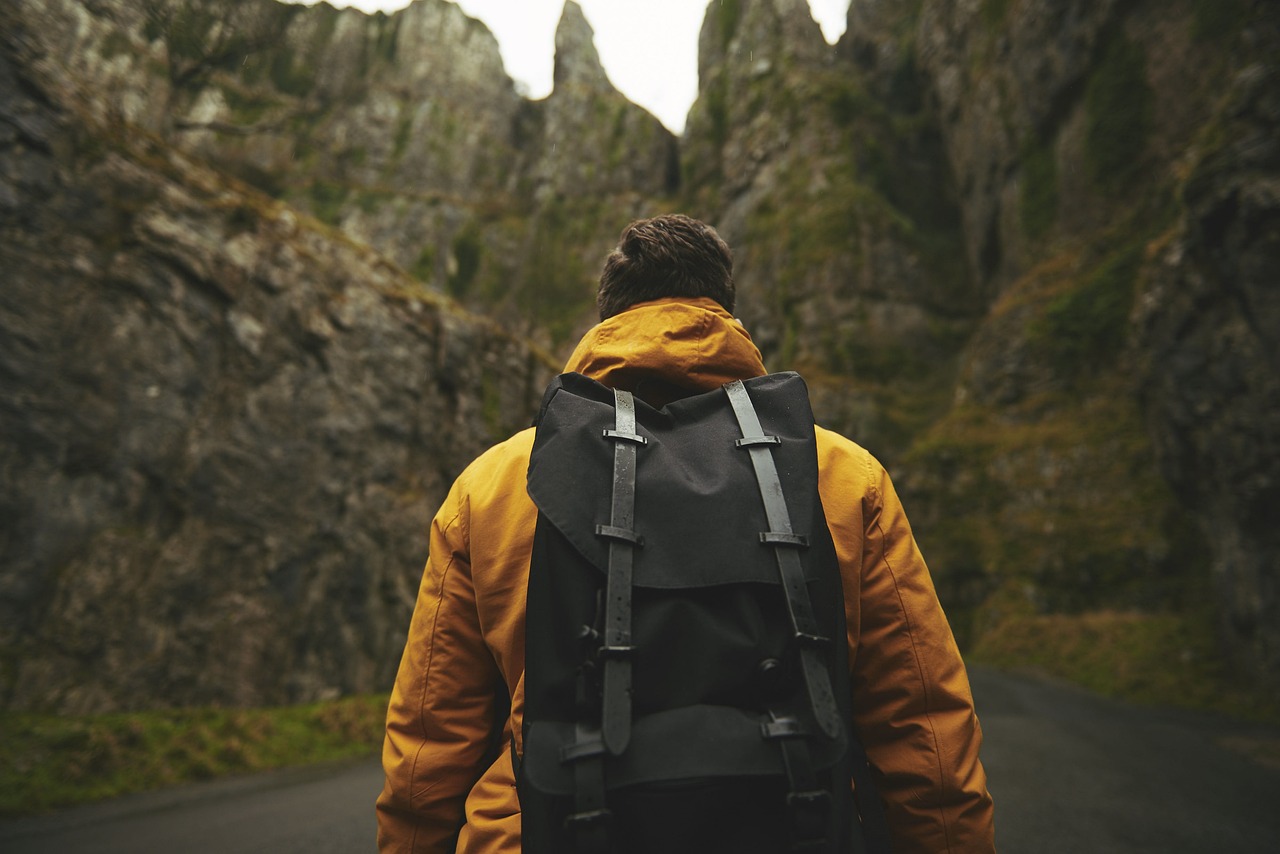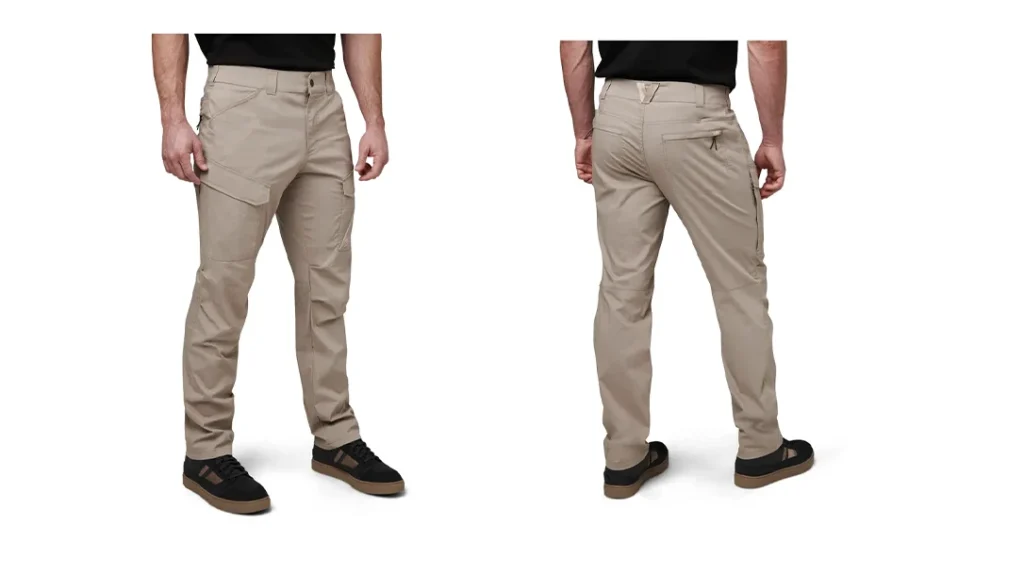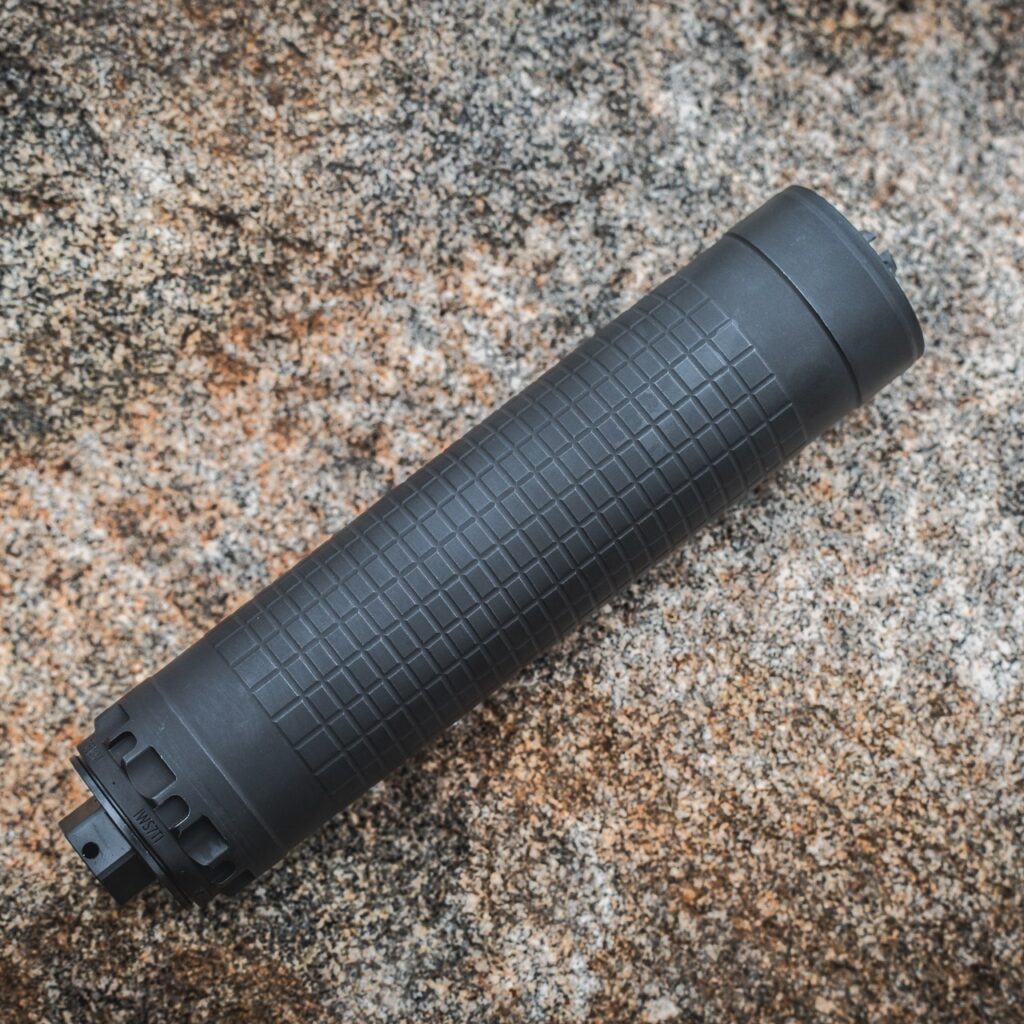The Ten Essentials is a concept that’s been around for decades. It first appeared in print in Mountaineering: The Freedom of the Hills (3rd edition) in 1974. It’s a list of gear that is recommended to those who head outdoors for hiking, camping, and similar pursuits.
Over the years, the list has been tweaked by countless instructors, organizations, and Scout troops to suit their individual needs. They might swap one or two items for different ones. But the core purpose remains the same. The Ten Essentials should be enough to get you through one or two nights out in the field in an emergency.
Let’s run through the list. Something that’s important to understand is that while the list is called the Ten Essentials, that doesn’t mean we’re talking about ten and only ten individual items. Look at these as categories of gear that should be represented in what you’re carrying.
Advertisement — Continue Reading Below
Shelter
This doesn’t strictly mean a roof over your head. Instead, it includes everything that will protect you from the elements. Your decision about clothing and outerwear should be informed by the environment and weather conditions you expect to encounter. In addition, a rain poncho or compressible parka might be wise, depending on the season. Likewise, a wide-brimmed hat will help keep the sun and rain out of your eyes.
Fire Starter
To my way of thinking, this includes ready-to-light tinder as well as something with which to light it. A disposable lighter and some cotton dryer lint in a baggie might suffice for many people. Personally, I like to add a ferrocerium rod to the kit as well, just in case the lighter runs out of fuel or somehow gets broken. As a last-ditch backup option, you might consider Pull Start Fire.
Lighting
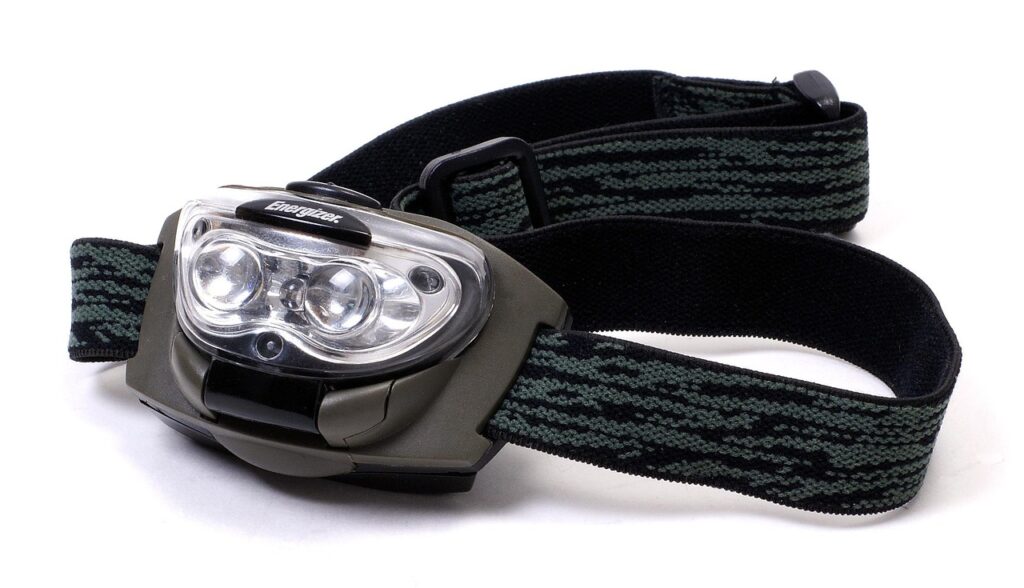
Advertisement — Continue Reading Below
It’s important to be able to see where you’re going and what you’re doing. A bright light can also be used as a signal device if you need assistance. A small LED headlamp allows you to keep your hands free as you move about, and they weigh almost nothing these days.
Knife
This is one of the most important tools in the Ten Essentials. Maybe the single most important one, if we’re being honest. A good-quality knife will help you process firewood, harvest food, and so much more.
Cordage
This can be used to build snares, make expedient shelters, and help you carry things. Paracord is the most common cordage option these days, but there are others you might consider, including tarred bankline and Kevlar kite string. Given the negligible weight, you could carry a fair bit of each in your pack. Do yourself a favor, though, and take time to learn several basic knots so you can make full use of whatever cordage you have with you.
Advertisement — Continue Reading Below
Water
This is a multi-faceted entry on the Ten Essentials list. You should always carry some amount of clean water with you when you head out on the trail. In addition, make sure you have the means to make found water potable. A Sawyer Mini is a great choice in that regard, as it’s small and easy to use.
Navigation

Being able to determine where you are and how to get back to civilization will solve a lot of potential problems. While GPS is great, it isn’t infallible. Batteries can die, and devices can be broken or lost. A map of the area and a compass, coupled with the knowledge of how to use them, is good insurance.
Advertisement — Continue Reading Below
First Aid
Carry what you’d need to treat injuries like burns, scrapes, cuts, and sprains. You may also want to toss into that kit medications for stomach upset, pain relief, and fever. This doesn’t need to be a kit extensive enough to perform surgery, but it should probably go at least a step beyond a boo-boo kit.
Repair Gear
This category on the Ten Essentials list refers to items that will help you make quick fixes in the field, such as patching holes in clothing. Duct tape has dozens of uses. Wrap a few feet of it around an old gift card to keep in your pack. The ripSPOOL from Exotac will give you duct tape along with needle and thread. A multi-tool is also quite handy.
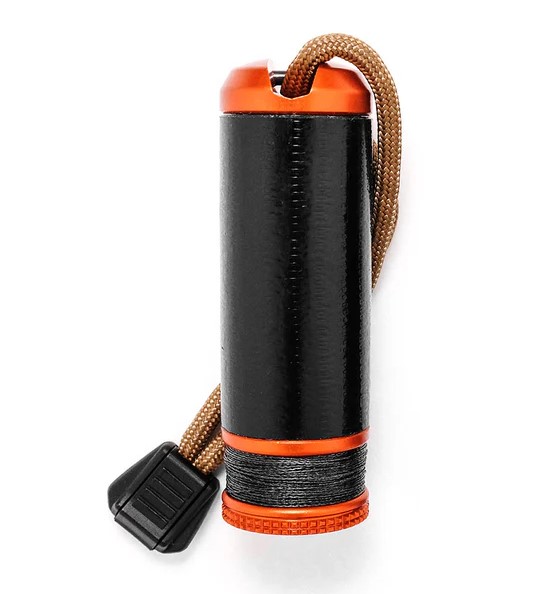
Advertisement — Continue Reading Below
Bandanna
This is one of the lightest items on the Ten Essentials list, but it has many uses. It can be a sweat mop in hot weather, a scarf in cold weather, and it can remove debris from water before you run it through a filter. A shemagh is a great option for the bandanna category. These typically run 42 inches on a side, so you’ll have more options for use than with the smaller snot rag type.
Use the Ten Essentials list as a reference tool when you plan your next outing.
Advertisement — Continue Reading Below
